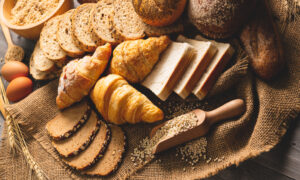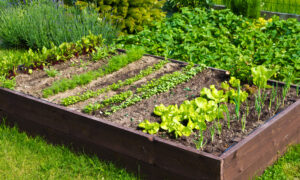In the world of weight management and healthy eating, the Volumetrics Diet emerges as a noteworthy approach, emphasizing satiety and the density of nutrients in foods. Created by Dr. Barbara Rolls, a renowned nutritionist and professor at Penn State University, the diet is more than a mere eating plan; it’s a lifestyle change. This comprehensive guide dives into the core principles of the Volumetrics Diet, its nutritional value, and its potential impacts on health, including insights from healthcare professionals.
The Philosophy of the Volumetrics Diet
At its heart, the Volumetrics Diet is based on the concept of energy density, which Dr. Rolls meticulously researched and presented in her book “The Ultimate Volumetrics Diet.” The number of calories in a given weight of food is referred to as its energy density. The diet encourages the consumption of foods with low energy density, meaning they have fewer calories for a larger volume. This approach allows individuals to eat satisfying portions while controlling their calorie intake, leading to weight loss without feelings of deprivation.
In This Article
Nutritional Framework
The Volumetrics Diet is segmented into four categories:
- Category 1 (Very Low-Density): Includes non-starchy fruits and vegetables, nonfat milk, and broth-based soups. These foods are high in water and fiber, promoting fullness.
- Category 2 (Low-Density): Comprises starchy fruits and veggies, grains, breakfast cereals, low-fat meat, legumes, and low-fat mixed dishes like chili and spaghetti.
- Category 3 (Medium-Density): Includes meat, cheese, pizza, French fries, salad dressing, bread, pretzels, ice cream, and cake.
- Category 4 (High-Density): It consists of crackers, chips, chocolate candies, cookies, nuts, butter, and oil.
Dr. Rolls advises focusing on the first two categories, being moderate with the third and limiting the fourth.
Examples of Volumetrics-Friendly Foods
- Soups (broth-based, not creamy)
- Salads loaded with greens and veggies
- Whole grains like brown rice and oatmeal
- Lean proteins (chicken, fish)
- Legumes (beans, lentils)
Doctor’s Thoughts and Health Implications
Healthcare professionals often praise the Volumetrics Diet for its balanced approach. Unlike many fad diets, it doesn’t eliminate food groups but emphasizes healthier choices. It aligns with the guidelines of major health organizations, promoting a diet rich in fruits, vegetables, whole grains, and lean proteins.
Nutritional Value
The diet is nutritionally sound, providing a rich array of vitamins, minerals, and other nutrients essential for the body’s functioning. Its high fiber content improves digestion and helps in maintaining blood sugar levels.
Side Effects and Considerations
While the Volumetrics Diet is largely beneficial, individuals might experience challenges:
- High fiber intake can cause digestive discomfort initially.
- The diet requires time and effort in meal planning and preparation.
- It may not provide enough guidance for individuals seeking structured meal plans.
Conclusion
The Volumetrics Diet stands out as a scientifically grounded, nutritionally balanced approach to weight loss and healthy eating. It’s a testament to Dr. Rolls’ extensive research and commitment to improving public health. By focusing on the density of nutrients rather than stringent calorie counting, it offers a sustainable path to weight management and overall well-being.
You can purchase Dr. Rolls’ book on Amazon Kindle or hardcover by clicking the picture below.



















